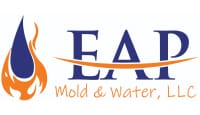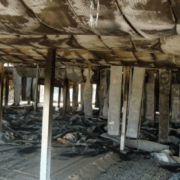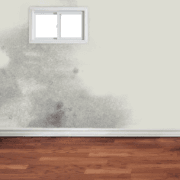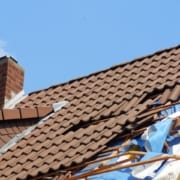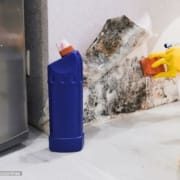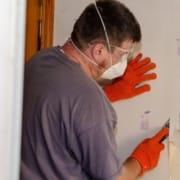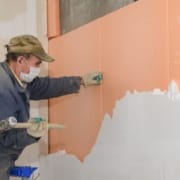Fire & Smoke Damage Restoration: Steps to Reclaim Your Home
Experiencing a fire can be devastating, and the aftermath often involves not only structural damage but also lingering smoke and soot. Restoring your home after fire and smoke damage can feel overwhelming, but with a clear plan and the right approach, you can begin the process of recovery. Here’s a comprehensive guide to fire and smoke damage restoration.
Ensure Safety First
Before re-entering your home, confirm that it’s safe to do so. Structural damage, electrical hazards, and lingering smoke can make the area dangerous. Consult with local authorities or a fire marshal for clearance.
Contact Your Insurance Company
Notify your insurance provider immediately to start the claims process. Provide detailed documentation of the damage, including photos and descriptions. Keep records of all communications and expenses related to the restoration.
Secure the Property
Protect your property from further damage by boarding up broken windows, covering damaged roofs with tarps, and ensuring doors are secure. This will also help prevent unauthorized access.
Assess the Damage
Evaluate the extent of the fire and smoke damage, including soot residue, charred materials, and water damage from firefighting efforts. Consider hiring a professional restoration company to conduct a thorough assessment.
Remove Debris and Soot
Start by removing debris and loose soot from affected areas. Use heavy-duty gloves and masks to protect yourself during this process. Avoid touching soot-covered surfaces to prevent further staining.
Ventilate the Space
Open windows and use fans to improve air circulation and help dissipate lingering smoke odors. Ventilation is essential to reduce indoor air pollution caused by soot and smoke particles.
Clean and Deodorize
Use specialized cleaning products to remove soot and smoke residue from walls, ceilings, and furniture. Baking soda or vinegar solutions can help neutralize odors. For extensive damage, consider hiring a professional cleaning service with experience in fire restoration.
Address Water Damage
Firefighting efforts often result in water damage. Use dehumidifiers and fans to dry the affected areas and prevent mold growth. Inspect for hidden water damage behind walls and under floors.
Restore or Replace Damaged Items
Some items may be salvageable with proper cleaning, while others may need to be replaced. Consult with professionals for advice on restoring valuable or sentimental belongings.
Rebuild and Restore
Begin repairing and restoring damaged areas of your home. This may involve replacing drywall, repainting, or installing new flooring. Work with licensed contractors to ensure quality and safety.
Plan for Future Safety
After restoring your home, take steps to prevent future fires. Install or update smoke detectors, create an evacuation plan, and consider using fire-resistant materials during rebuilding.
Recovering from fire and smoke damage is a challenging process, but with patience and the right resources, you can rebuild your home and life. Don’t hesitate to seek professional assistance for cleaning, repairs, and navigating insurance claims. By taking proactive steps, you can restore your property and regain peace of mind.
